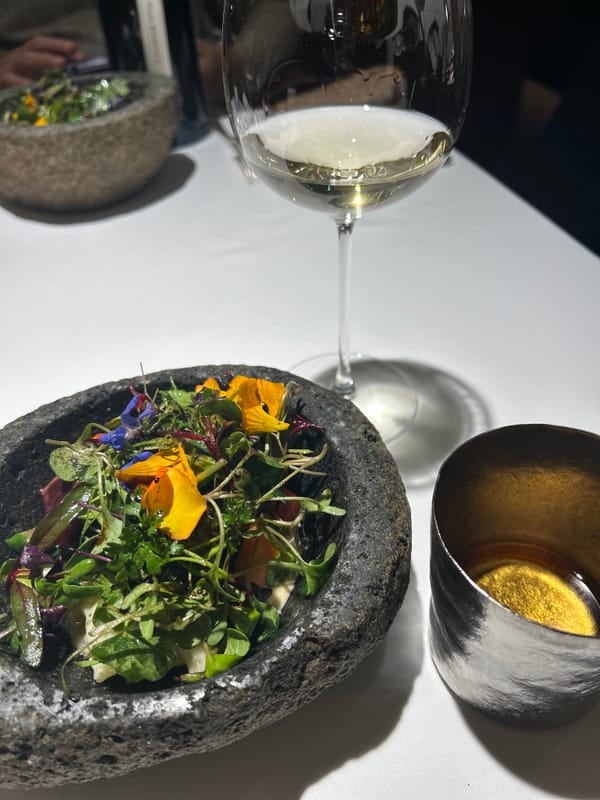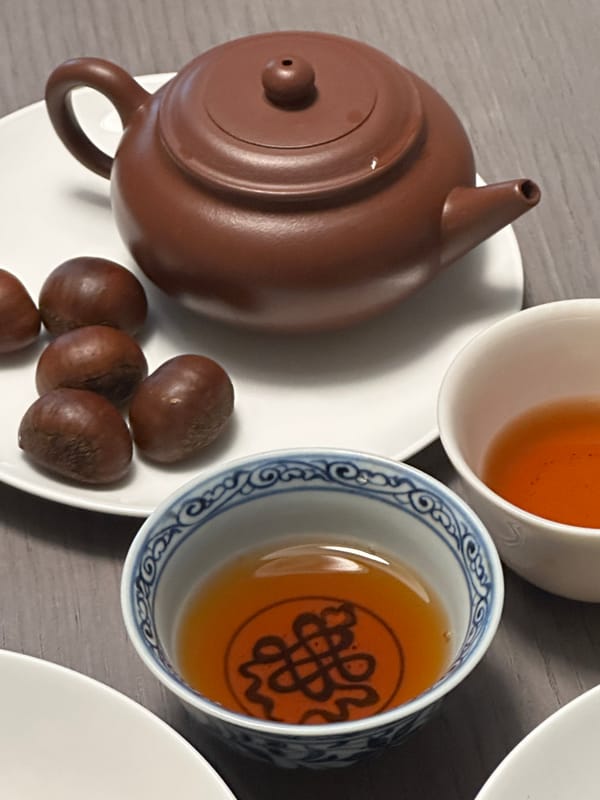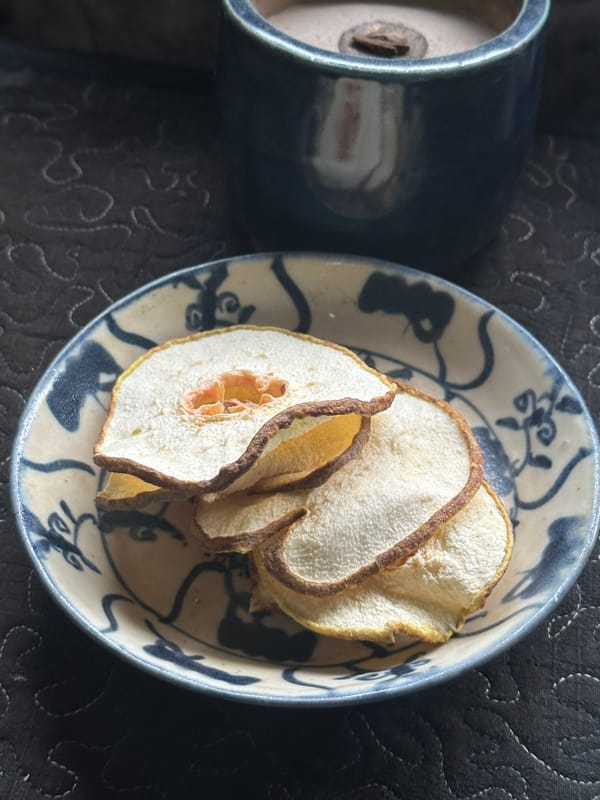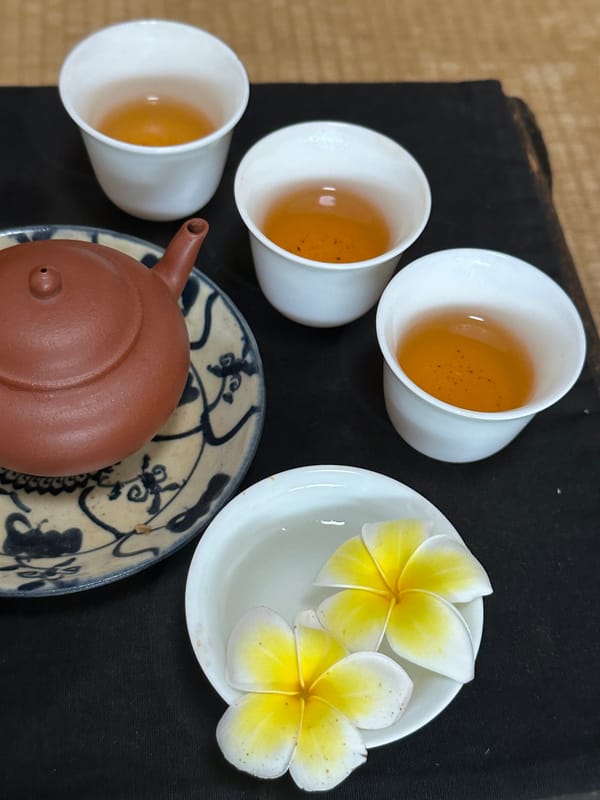Imagine an experienced sommelier in a fine-dining restaurant embarking on an innovative culinary revolution. Instead of replacing the traditional wine offerings, he ingeniously integrates Eastern teas into meals, crafting a distinctive dining experience. Today, we'll unveil this fascinating crossover and invite you on a sensory adventure of tea and wine.
Beyond Wine: Surprising New Flavors
Wine has long been the star of dining tables, but did you know tea can also elevate cuisine with unprecedented surprises and depth? Sommeliers venturing into the tea world can swiftly grasp tea's nuances using their existing wine knowledge, creating fresh sensory experiences for diners.
Tea and wine share remarkable similarities:
- Influenced by climate, terroir, and craftsmanship.
- Exhibit nuanced aromas and complex layers.
- Enhance and complement the flavors of dishes perfectly.
This innovative pairing not only delights taste buds but also sparks lively conversations and enhances the restaurant's appeal.
Prestigious Vineyards and Eastern Tea Pairings
Sommeliers can easily translate their knowledge of renowned vineyards into the world of Eastern teas. For example:
Château Lafite Rothschild
- Wine Profile: Delicate elegance, silky-smooth texture
- Ideal Tea Pairing: Wuyi Stone Milk Tea (Shi Ru Tea), known for its silky and refined mouthfeel.
Château Mouton-Rothschild
- Wine Profile: Distinct vegetal notes, long-lasting finish
- Ideal Tea Pairing: Wuyi Rougui Tea, renowned for its rich and layered aromatic profile.
Such pairings add excitement to dining experiences and enrich a sommelier’s professional skill set.
Three Keys for Sommeliers Transitioning into Tea
Sommeliers seeking a smooth transition from wine tasting to tea appreciation should consider these three steps:
Step 1: Understand the Six Major Tea Categories
Explore green tea, white tea, yellow tea, oolong tea, black tea, and dark tea. Each variety offers unique aromas and tastes, similar to the nuanced differences among wine varietals.
Step 2: Leverage Wine-Tasting Techniques for Tea
Apply wine-tasting methods directly to tea: observe the color, savor the aroma, and carefully taste the tea liquor. For instance, tasting oolong tea from a wine glass can heighten aromatic intensity and reveal subtle flavor variations.
Step 3: Creative Culinary Pairings
Inventive food, wine, and tea combinations can surprise diners:
- Appetizer: Hokkaido scallops with citrus sauce
- Tea Pairing: Oriental Beauty tea (sweet aroma complements seafood sweetness)
- Main Course: Charcoal-grilled beef fillet with black truffle sauce
- Tea Pairing: Wuyi Rock Tea (rich tea aroma matches the robust flavors of beef)
- Dessert: Dark chocolate mousse cake
- Tea Pairing: Oriental Beauty tea (fruity notes harmonize with chocolate bitterness)
Such thoughtful pairings captivate diners, driving new trends in the culinary scene.
Elegant Evolution from Sommelier to Tea Sommelier
Transitioning into a tea sommelier role is not difficult. The keys to a seamless transition include:
- Mastering sensory similarities between tea and wine.
- Applying wine-tasting expertise to quickly understand tea characteristics.
- Cleverly integrating Eastern teas into Western culinary practices, creating unique and impressive dining experiences.
Tea and Wine: The Perfect Symphony
When sommeliers cross into the tea domain, they elevate their professional value, enrich restaurant offerings, and open doors to new business opportunities. Guests experience unmatched dining pleasure in the harmonious blend of tea fragrance and wine elegance.
Begin your tea and wine crossover journey today, and infuse your dining experience with vibrant new energy!





